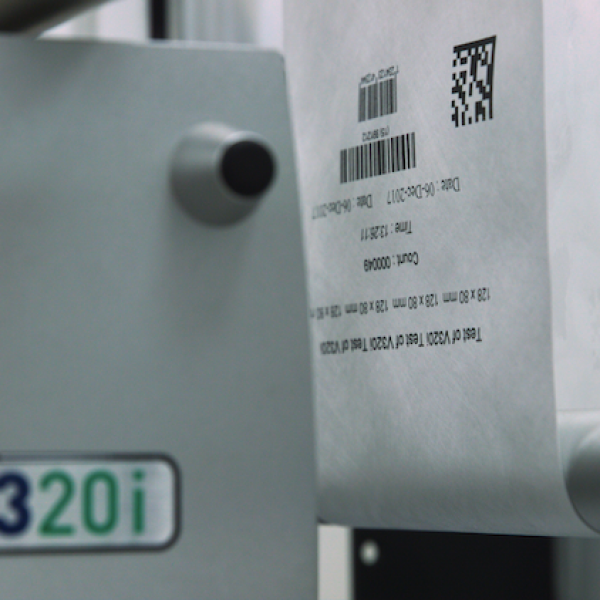Tyvek® resembles crumpled paper but has a combination of paper, film, plastic and textile material properties. It is stronger than leather. It makes an air and steam permeable barrier consisting of millions of fibres. Due to its structure it is a difficult substrate for many printing technologies. It often causes the ink smearing that results in poor quality prints and poor resistance. Tyvek® is a non-absorbent material and this makes printing even more difficult.
Suitable printing technologies

The following technologies were considered:
- Thermal inkjet (TIJ) printing with ethanol-based inks
- Thermal Transfer Overprinting (TTO) often used for packaging of medical devices and especially for Tyvek substrates
- Labelling
- Drop-on-Demand (DoD) technology using fast drying inks
Hot stamping and printing rollers are not flexible enough to allow variable data especially in the form of mandatory 2D codes. Therefore, they are replaced with other technologies more suitable for printing variable data. It is a very clear trend, especially in pharma and food industry.
Dedicated solution
PAC Machinery Group from Ohio is a pioneer in medical devices packaging. “Our approach has always been to try to provide solutions that are tailored to the user’s needs” – Mark Goldman, Chief Operating Officer, PAC Machinery Group. This approach was also used in the case UDI marking requirements and Tyvek®. When we started experimenting this went through a lot of testing and we found that Domino was the only company to provide a solution that satisfied our needs.
